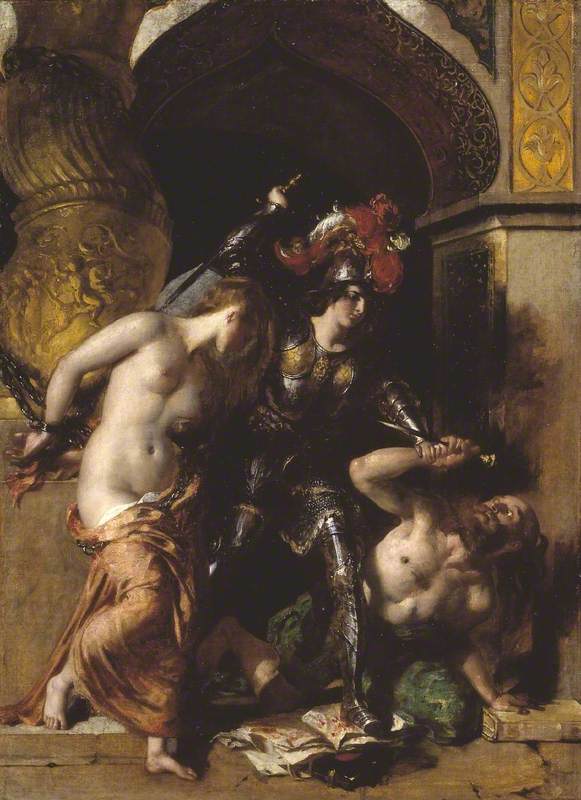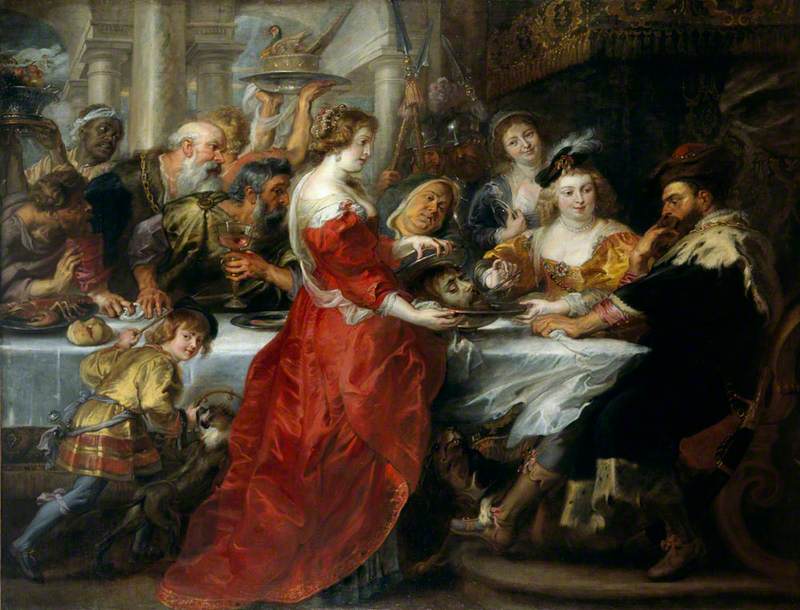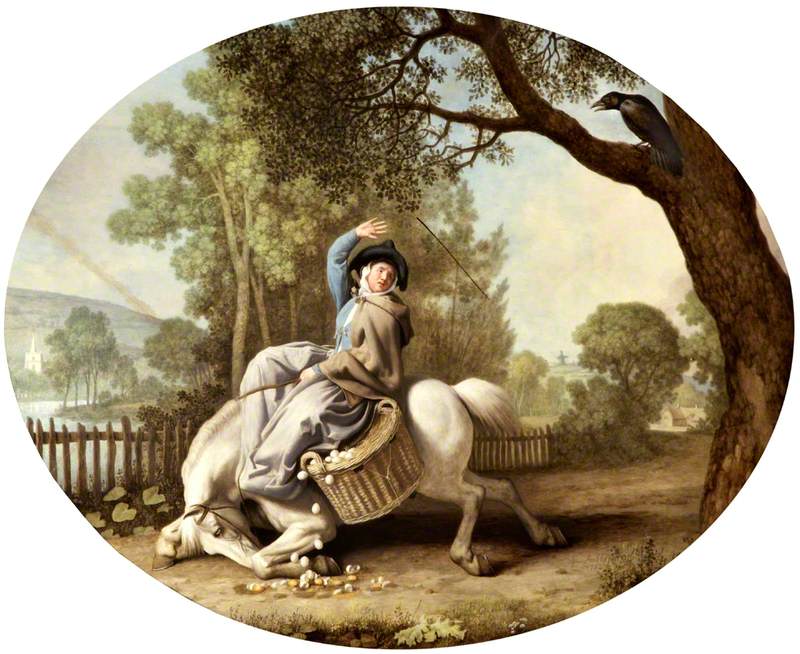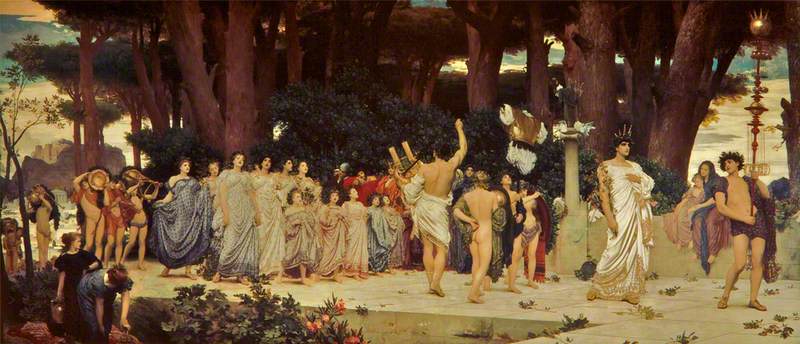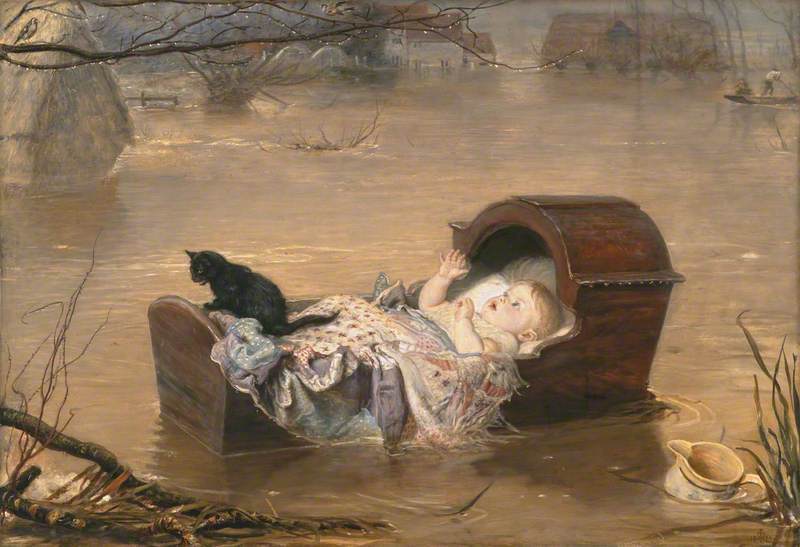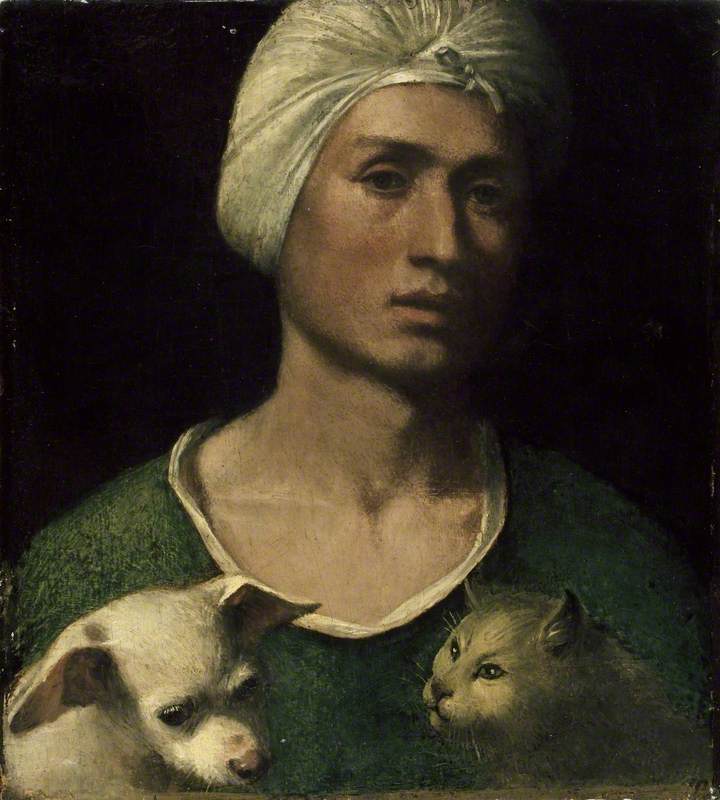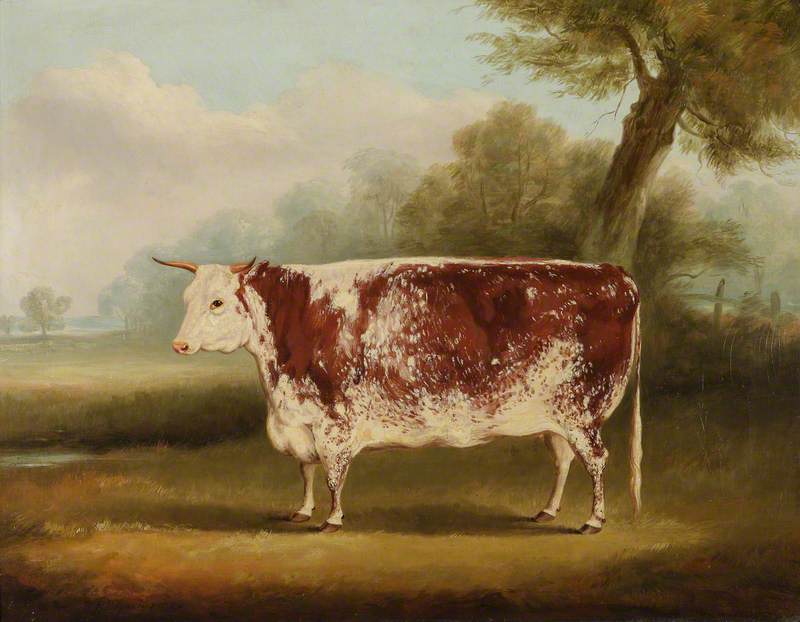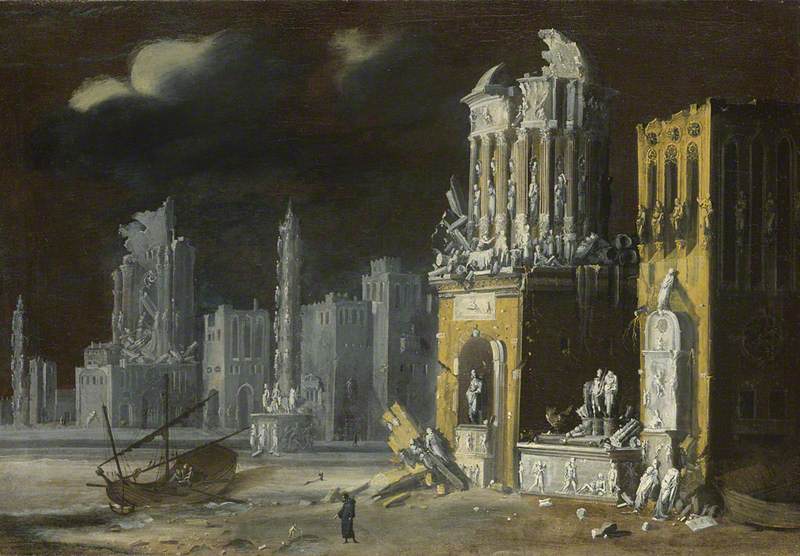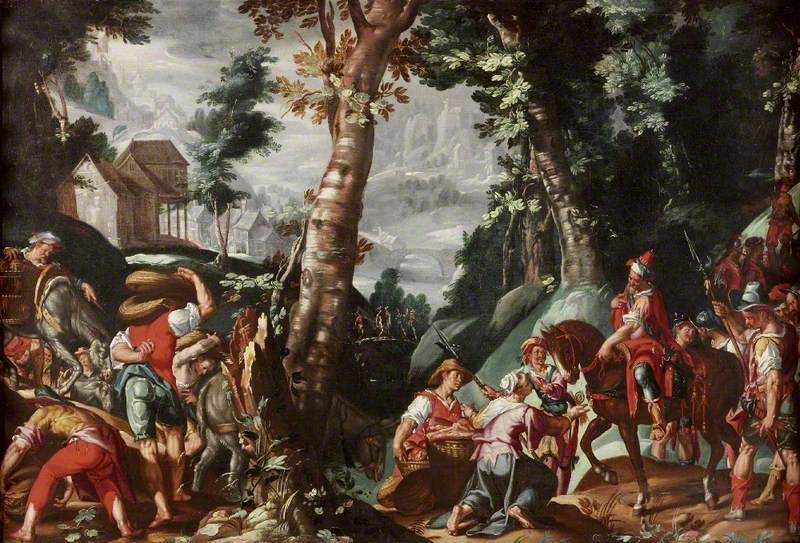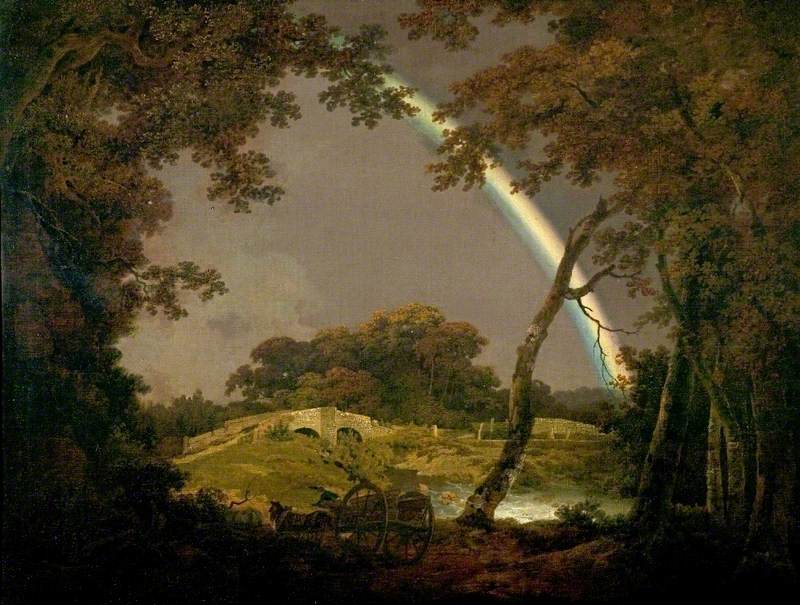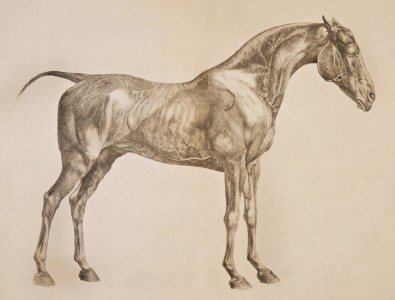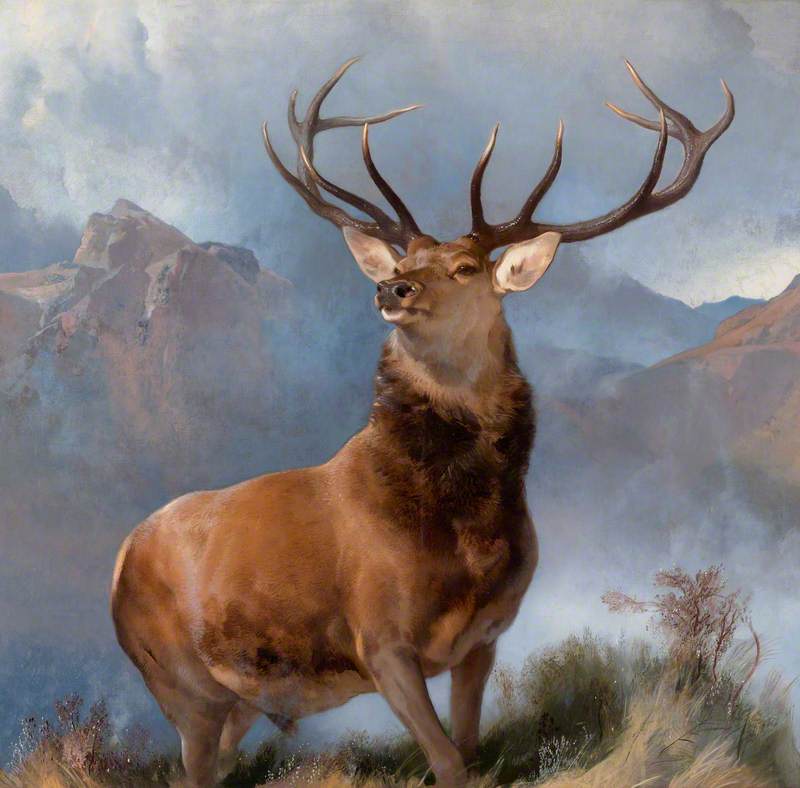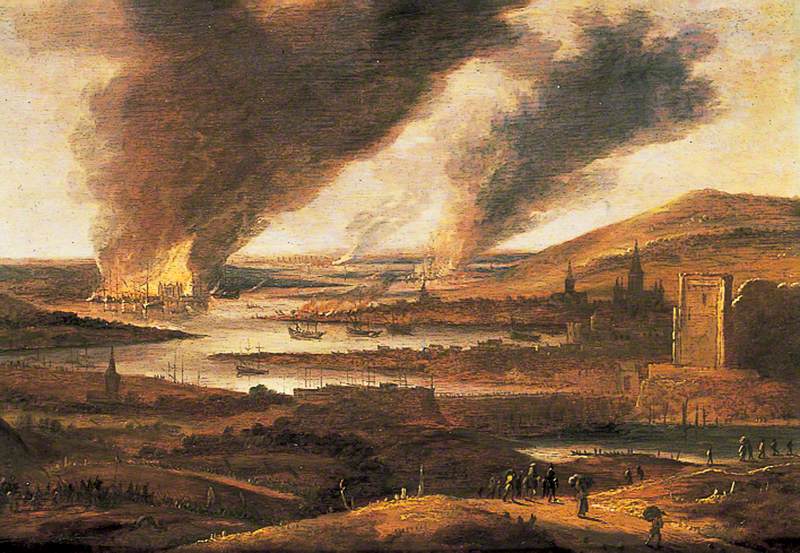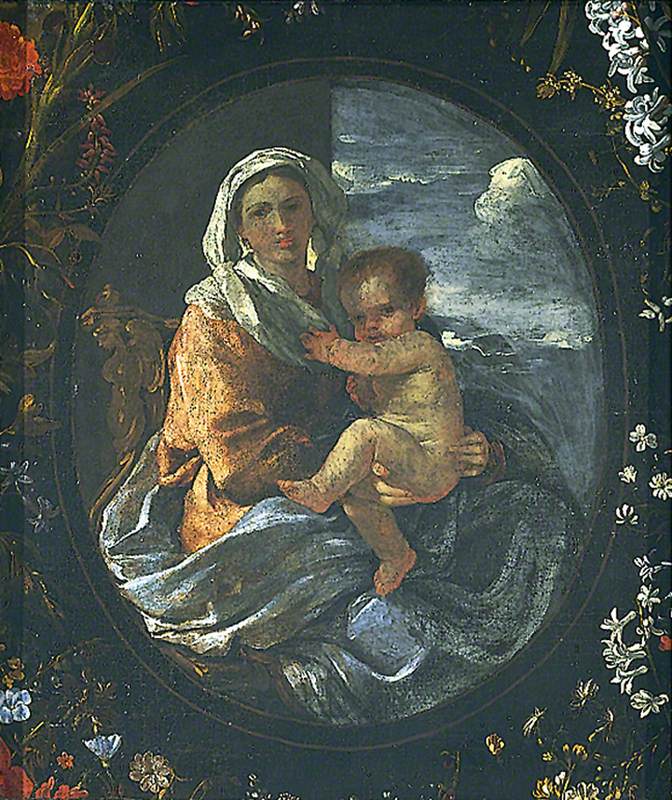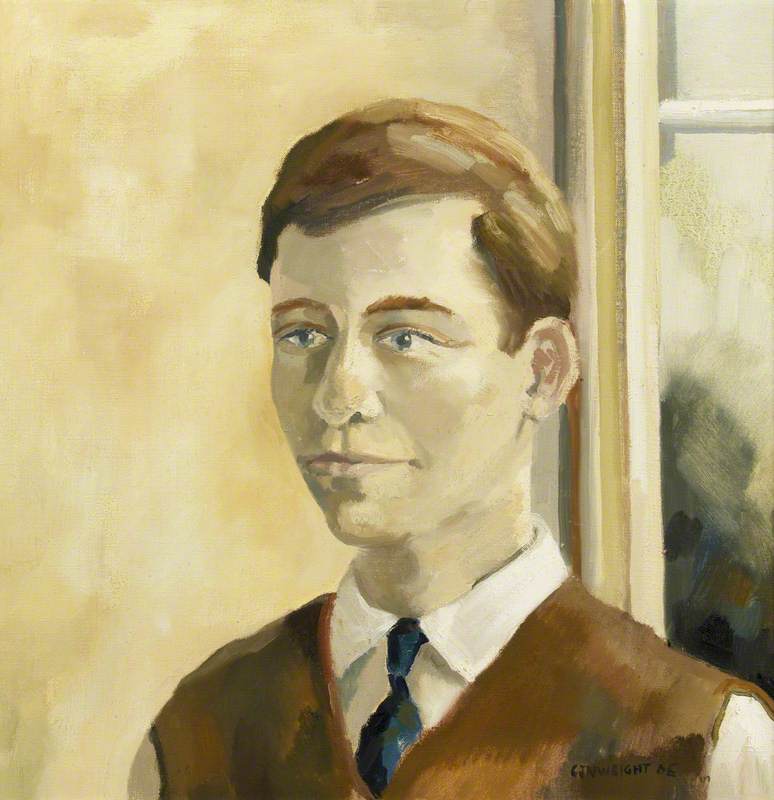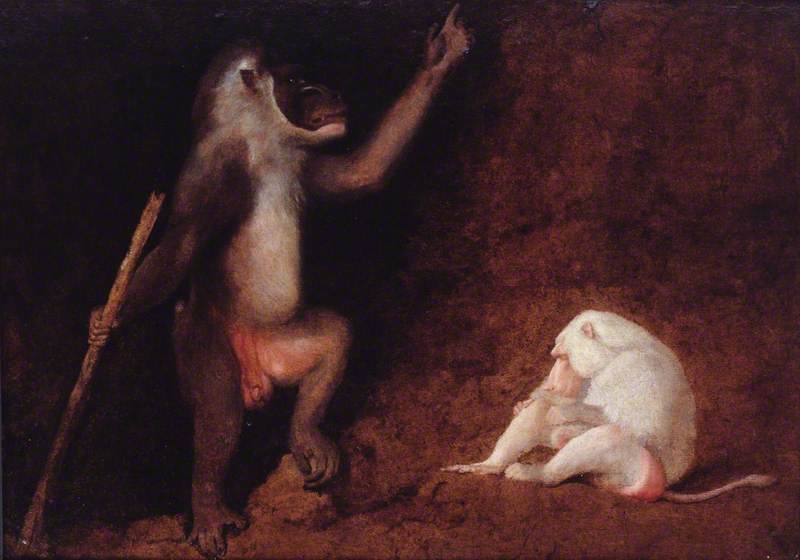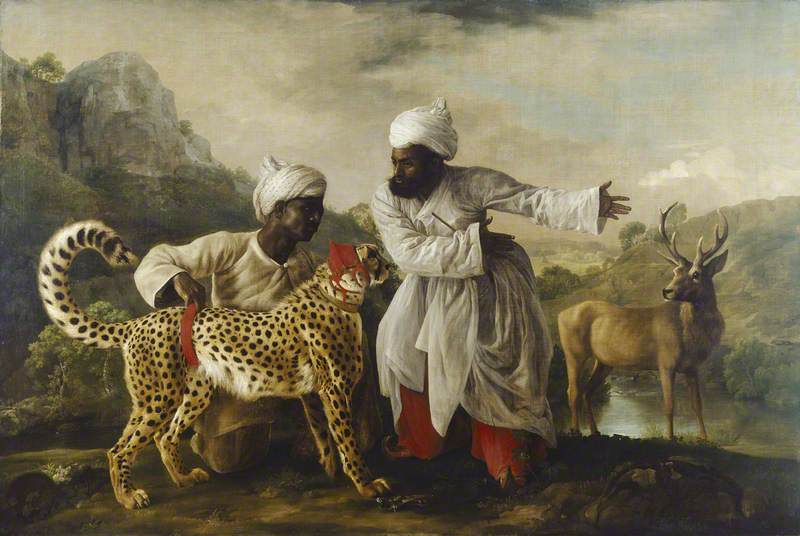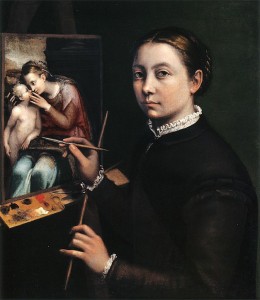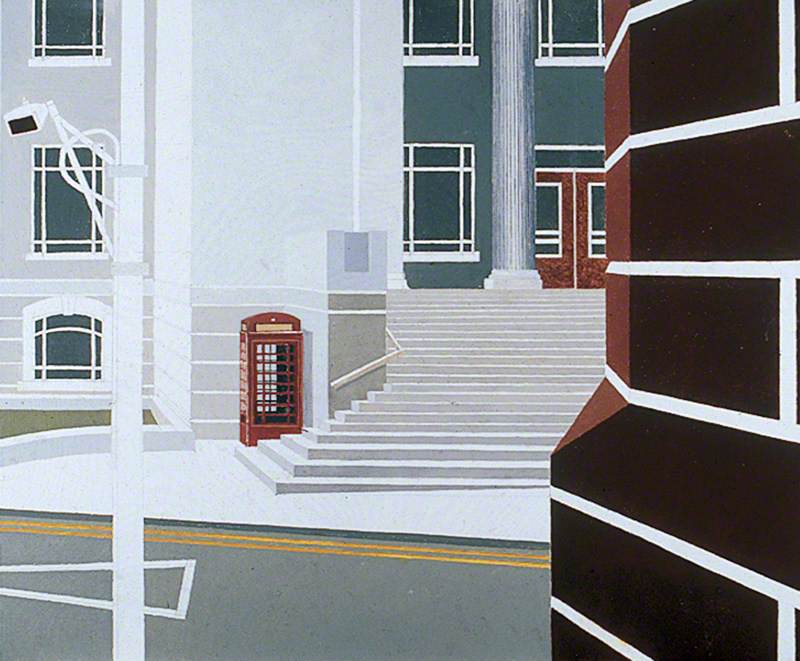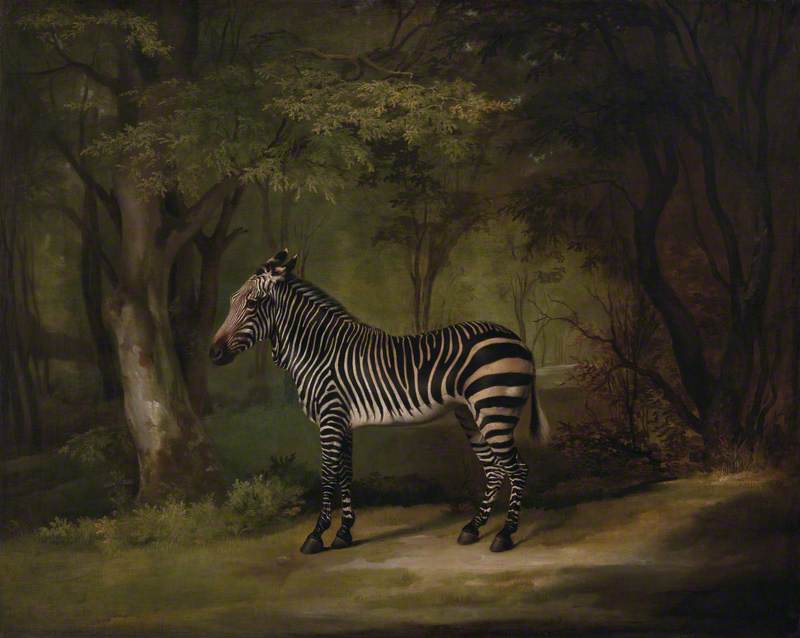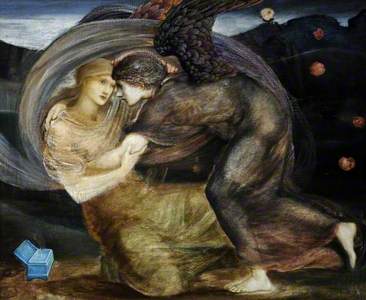The Lady Lever Art Gallery at Port Sunlight is sometimes difficult to find. Every time I have taken a taxi from Liverpool’s Lime Street station it has got lost. The metro station for the Gallery is called Bebington and New Ferry (one must not get out at Port Sunlight). But once located the Gallery is worth more than a brief visit.
Lord Leverhulme, the founder, left more pictures than are now in the Gallery as many works were later sold. William Etty’s Britomart Redeems Faire Amoret is in the Tate, Edward Burne-Jones’s Cupid Delivering Psyche is at Sheffield and Rubens’ Feast of Herod is at Edinburgh.
There is an inherent seriousness about the Leverhulme Collection which contains, amongst other things, eighteenth-century English furniture, antique and Neoclassical sculpture, medieval Spanish paintings, Old Master drawings and much more. The appearance of humour causes not a little surprise. It is certainly rare enough in eighteenth-century British painting.
The Artist in His Studio and His Man Gibbs
c.1802
George Morland (1763–1804) 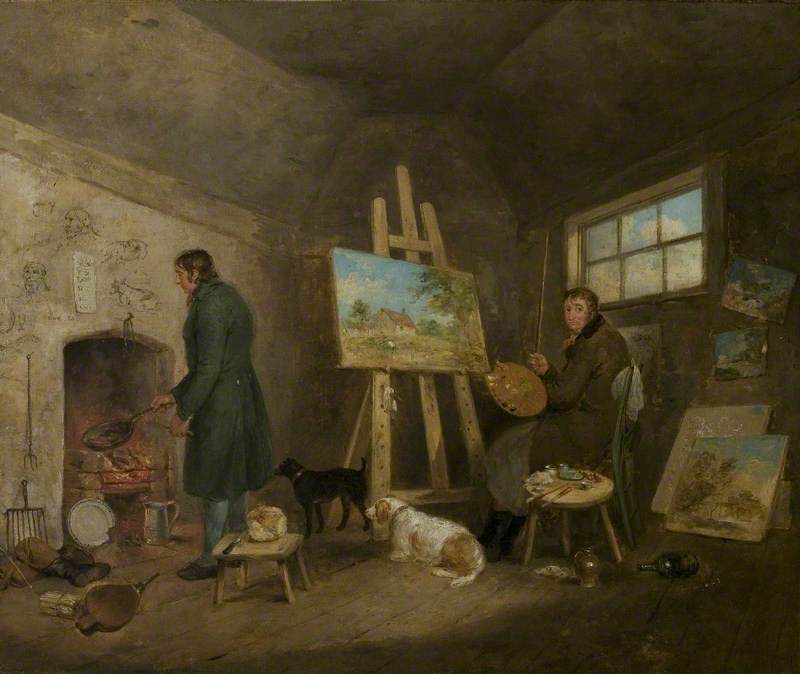
George Morland's (1763–1804) The Artist in His Studio and His Man Gibbs, cooking sausages, at Nottingham City Museums and Art Galleries manages it, but George Stubbs (1724–1806), the horse painter, surely not.
But there it is, Stubbs’s The Farmer’s Wife and the Raven. Almost all Stubbs’s work is matter of fact. Just occasionally a little dog might be about to snap at a big horse’s heel or a groom might look a little cheeky, but here is an amusing calamity with a basket of eggs on the way to market. The still brilliant colour and its freshness is due to the fact that it is painted in enamel colours in a plaque of Wedgwood porcelain.
It cocks a snook at Lord Leighton’s (1830–1896) The Daphnephoria, and makes John Everett Millais’s (1829–1896) A Flood look slightly silly.
Lord Leverhulme’s taste went further than his reputation as a soap millionaire.
Christopher Wright, Art UK advisor, art historian, artist and author of numerous catalogues of Old Master paintings in Britain
